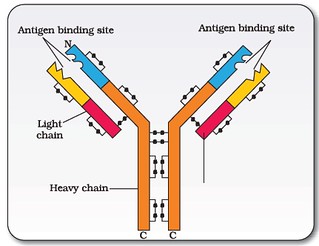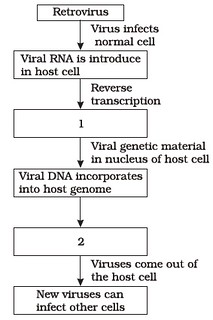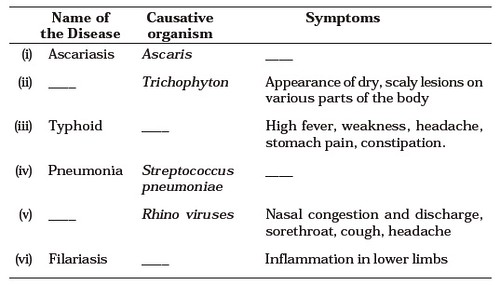IMPORTANT QUESTIONS FOR ECOSYSTEM
ECOSYSTEMS
1.
How is a food web formed?
2.
What is stratification in a forest?
3.
Define standing crop? How is it measured?
4.
What is the importance of humus?
5.
Why is secondary succession faster than primary
succession?
6.
Name the pioneers and climax of primary succession
in water and on rocks.
7.
As succession proceeds the type and number of
animals and decomposers also change.
8.
Define Ecological succession? What is SERE?
9.
What characteristic features seen in Ecological succession?
10.
Why is there a restriction on tropic levels in a
grazing food chain? Is there such a
limitation in the detritus food chain? Explain.
11.
Schematically show the flow of energy in a
grazing food chain from the sun.
12.
Justify the statement succession and evolution
would have been parallel process at that
time when life started on Earth.
13.
In general all pyramids are upright. Explain. What
are the exceptions to this generalization?
14.
What are the limitations of Ecological pyramids?
15.
What are the producers in grassland and oceans.
How is GPP different from NPP? Why is the productivity in oceans lesser than in
land?
16.
Why is it reasonable to think that biodiversity
should carry a hefty price tag? Justify.
17.
a) Why
are Carbon and Phosphorus essential to living organism?
b) What are the natural reservoirs of these elements and in what form?
c) Give the important differences between two cycles in nature?
18.
With a
flow chart explain the process of decomposition. What factors affect this process
Work as a unit to perform the function?
19.
Humans do a disservice to nature by creating a
desert from a forest. Comment and say why should it be a cause of concern
20.
What is primary productivity? Why does it vary in
different types of ecosystems?



